-
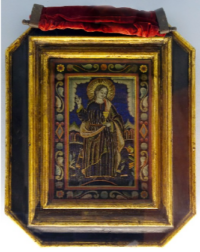
Connoisseur’s Corner
Spanish Colonial Art The rich and widely varied category of Spanish Colonial Art has grown exponentially in the last 10…
-

State of the Global Art Market in 2023
According to the latest art market report released by Art Basel and UBS, China’s zero-tolerance Covid policies pushed the UK…
-
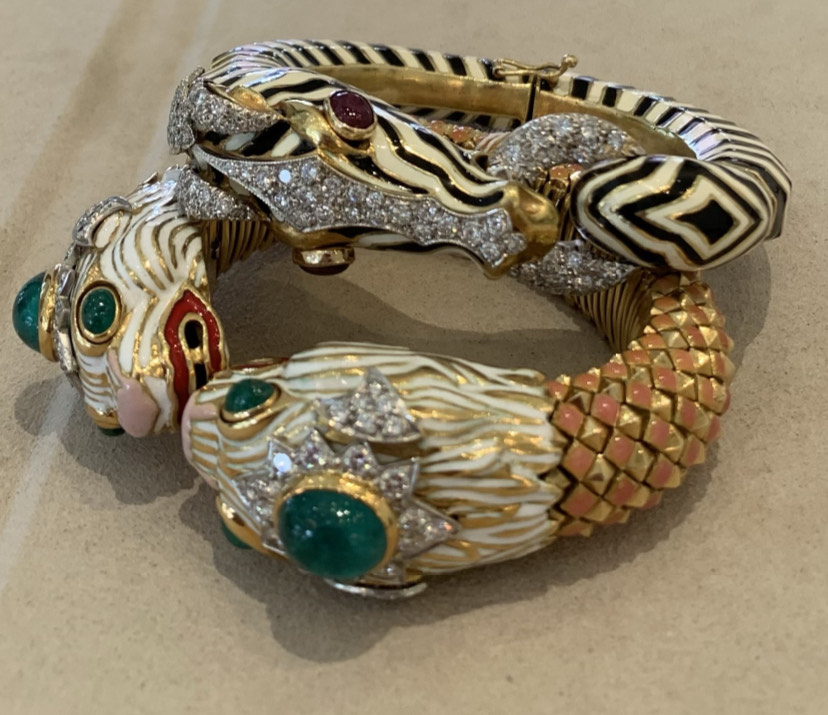
David Webb’s Animal Jewels
Appreciating The Works Of An Iconic Designer by Virginia Salem, Graduate Gemologist, Antiques Roadshow Appraiser David Webb was born in…
-
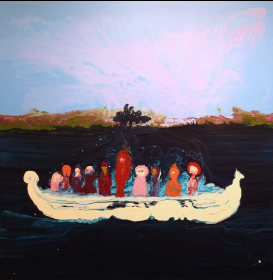
Have a Taste For Contemporary Art?
Tips On How To Start A Collection by Laura Lester, Principal, Lester Fine Art Jumping into the vast and nuanced…
-
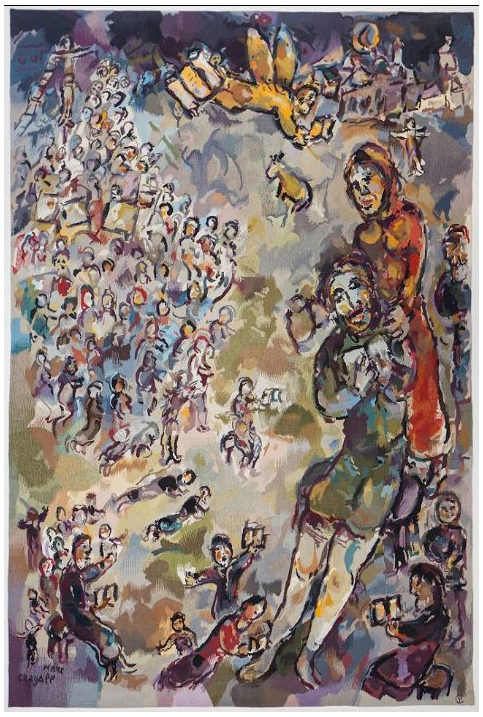
A Story of Hope and Renewal in Chagall’s Last Commissioned Work
The corners of the tapestry tell Marc Chagall’s story of faith. In the lower right is a person reading from…
-
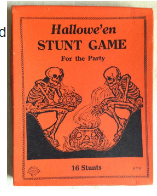
Are My Vintage Halloween Decorations Worth Anything?
Halloween is a supernaturally fun holiday for children! Spooky decorations, like ghosts, spider webs, and bat trimming bushes and trees,…
-
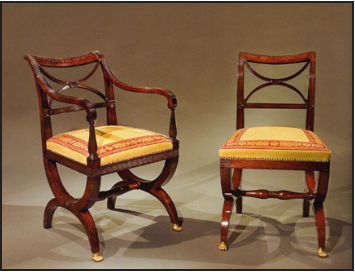
Finding Phyfe: America’s Elusive Furniture Maker
Although having an acclaimed name within American decorative arts history, Duncan Phyfe furniture is extremely rare to behold. So, in regards…
-

Why Art Collectors Need the Right Insurance
Some of the most common questions advisors hear from clients about their fine art and collectibles are, “Does my homeowner’s…
